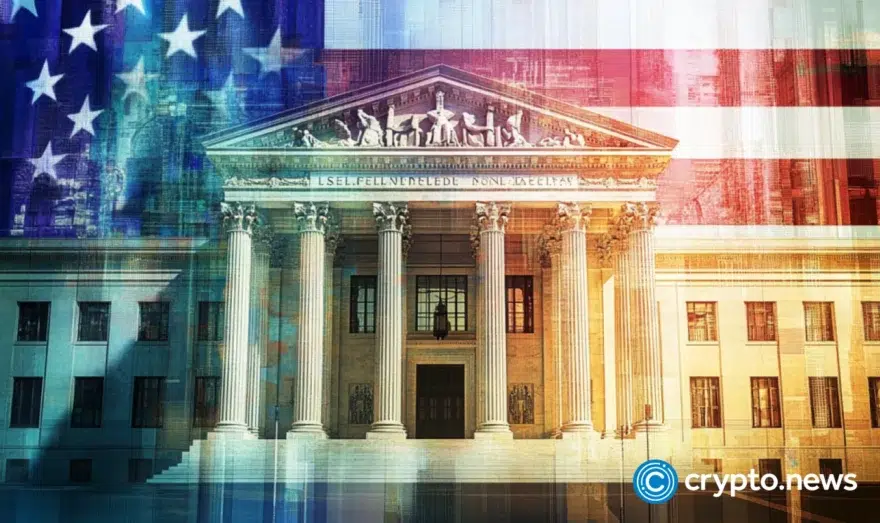U.S. government shutdown looms, creating uncertainty in crypto market

With the U.S. government shutdown on the horizons, the crypto market faces growing uncertainty amid key economic events, challenging traditional investment norms.
Following the FOMC meeting on Sep.19, Bitcoin (BTC) and other cryptocurrencies face upcoming macroeconomic events this week, with Thursday spotlighting the Q2 U.S. GDP data, predicted at 2.1%. Concurrently, a key highlight will be Fed Chair Powell’s speech, shedding light on the Fed’s economic perceptions and possible policy shifts.
The week rounds off with the U.S. Core PCE Price Index, a consistent inflation indicator that’s been oscillating around 4.0% this year.
The federal government shutdown, potentially commencing on October 1, adds complexity, affecting economic data timing. Such a shutdown is triggered when Congress and the president can’t agree on a funding bill. While lawmakers often resort to a continuing resolution (CR) as a stop-gap funding measure, its failure would lead to a cessation of all but the most critical federal operations.
In such a scenario, furloughed federal staff responsible for economic data could disrupt data releases. Markets rely on this data for economic trends, and its unavailability can bring unexpected volatility, affecting crypto markets.
According to Goldman Sachs, for every week the shutdown endures, there could be a contraction of 0.2% in economic growth. This overarching economic impact might dent investor morale and their propensity to take risks, with assets like Bitcoin, often viewed as “safe havens”, standing in the limelight.
Crypto’s resilience amid economic shifts
As 2023 approaches its conclusion, a noticeable change in market sentiment, particularly in the crypto sphere, has become evident. While cryptocurrencies have historically been sensitive to external influences, a newfound resilience is emerging. This stability could be attributed to the broader acceptance of digital assets, their seamless integration into traditional finance, or the perception of them as a safeguard against traditional market fluctuations.
Encouragingly, the crypto sector has mirrored the positive performance of dominant benchmarks like the S&P 500 and Nasdaq Composite throughout 2023. However, the looming possibility of a recession casts a shadow. While some proponents argue that cryptocurrencies are recession-resistant, the forthcoming period will serve as a litmus test for these claims.
What to expect next?
Amid the global upheaval, the cryptocurrency market, often a barometer for larger macroeconomic shifts, could find itself at a pivotal moment.
Firstly, the U.S. economy’s growth forecast for Q2 was recently adjusted downwards, from 2.4% to 2.1%. In simpler terms, the economy isn’t growing as quickly as some’d hoped.
When Jerome Powell, the Federal Reserve Chair, speaks of economic challenges, it’s a clear sign that conventional financial thinking might be undergoing some changes.
Now, let’s think about gold and crypto for a moment. In uncertain times, when economies slow down, investors have historically flocked to assets like gold and crypto as they’re seen as “safe havens.”
Enter the possibility of a federal shutdown. Beyond politics, this could mean a delay in getting key economic data. Imagine planning a trip but not knowing the weather forecast. It’s a bit like that for investors.
Without this data, there’s a lot more uncertainty in decision-making. If traditional economic indicators are on pause, investors might look more favorably at alternative assets like cryptocurrencies.
Furthermore, the recent ADP report underscores potential vulnerabilities in the employment sector, another key component influencing market sentiment.
In this setting, where the traditional economic landscape might be shifting, and growth isn’t as robust as one would hope, there’s an opportunity. Investors might start seeing the value in diversifying their investments, considering both the traditional and the new – like cryptocurrencies.
In essence, as the boundaries between traditional financial indicators, government decisions, and the world of crypto become more fluid, it’s essential for investors to stay informed and be ready to navigate these evolving waters.















